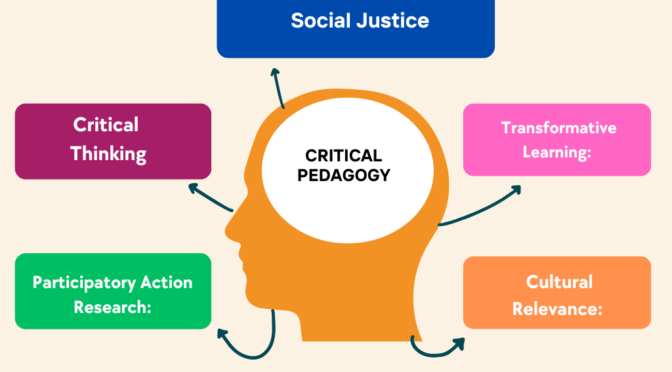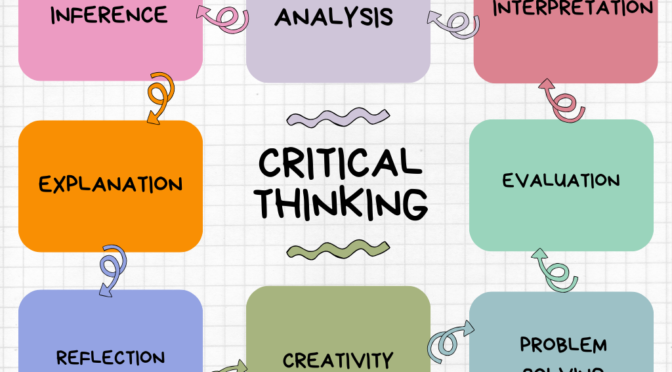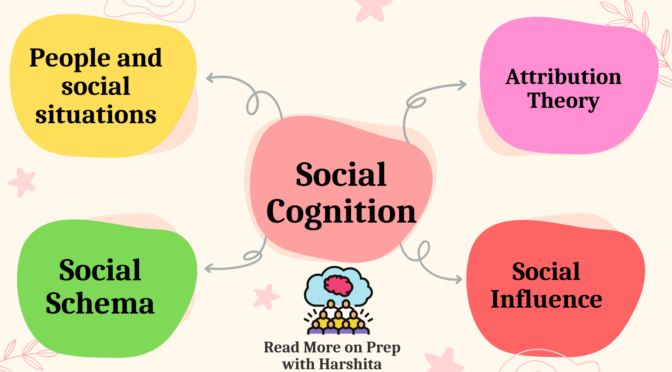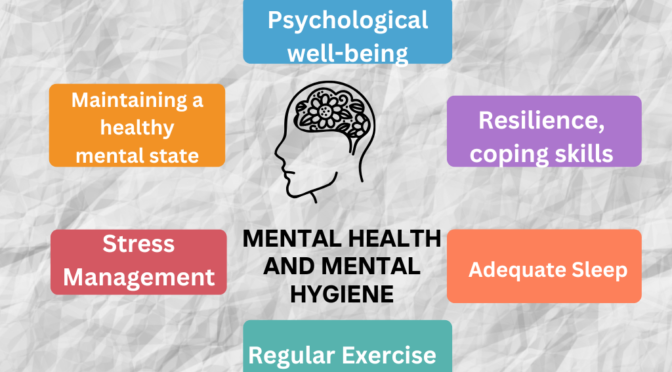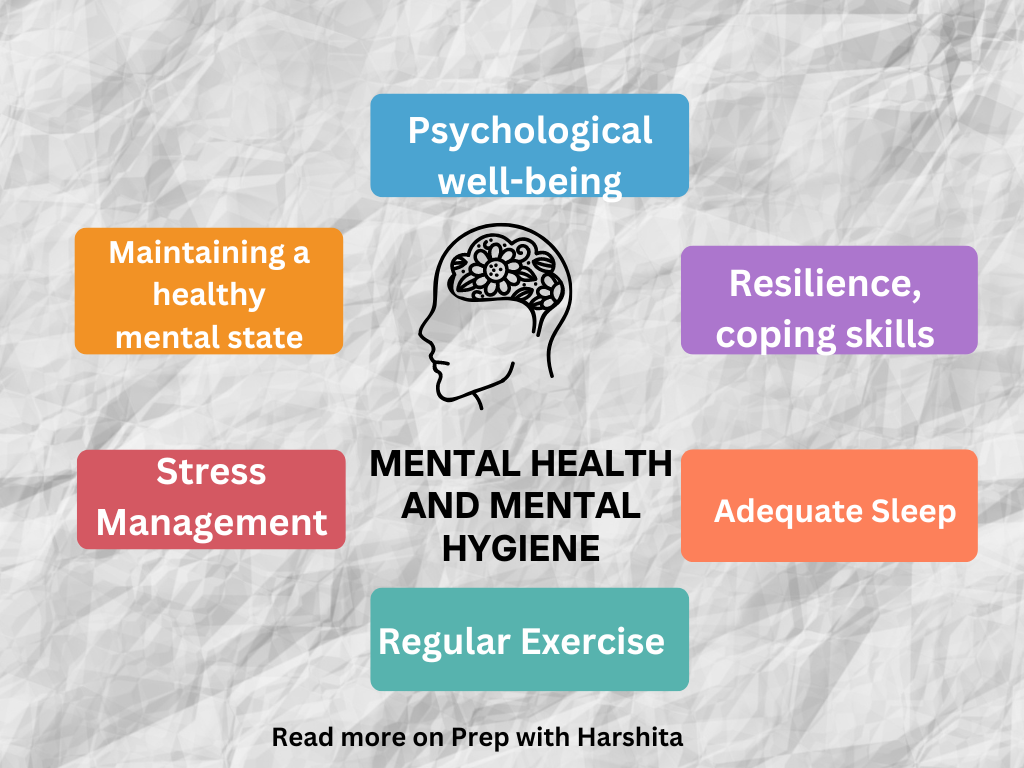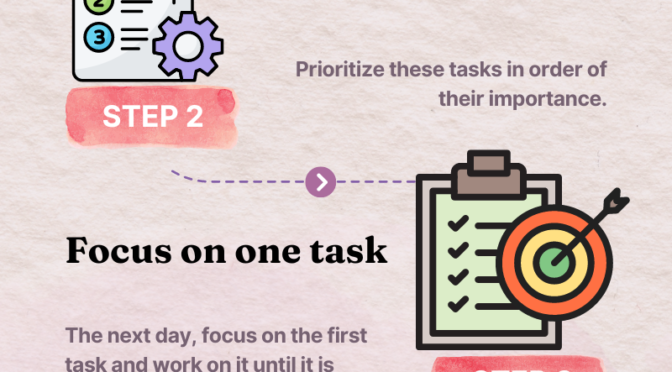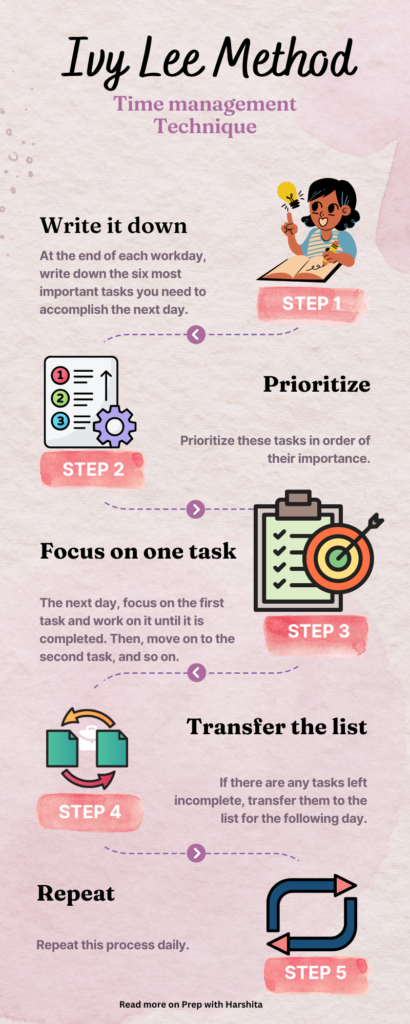Critical pedagogy is an educational philosophy and approach to teaching that emerged primarily from the works of Brazilian educator Paulo Freire. It is rooted in the belief that education is a political and inherently social act and that teaching and learning should go beyond the mere transmission of knowledge to include a focus on social justice, equity, and critical thinking.
Key Concept related to Critical Pedagogy:
Dialogue and Participation:
Paulo Freire emphasized the importance of dialogue between teachers and students. This dialogical process involves open communication, mutual respect, and active participation, allowing learners to contribute to the construction of knowledge.
Critical Thinking:
Critical pedagogy promotes critical thinking skills. Students are encouraged to question, analyze, and challenge information rather than passively accepting it. This involves examining issues from multiple perspectives and understanding the broader social context.
Social Justice:
It is deeply concerned with issues of social justice. It encourages educators and students to explore and address inequalities, discrimination, and oppression within educational settings and society at large.
Read more on the next page.
Also Read: Critical Thinking

